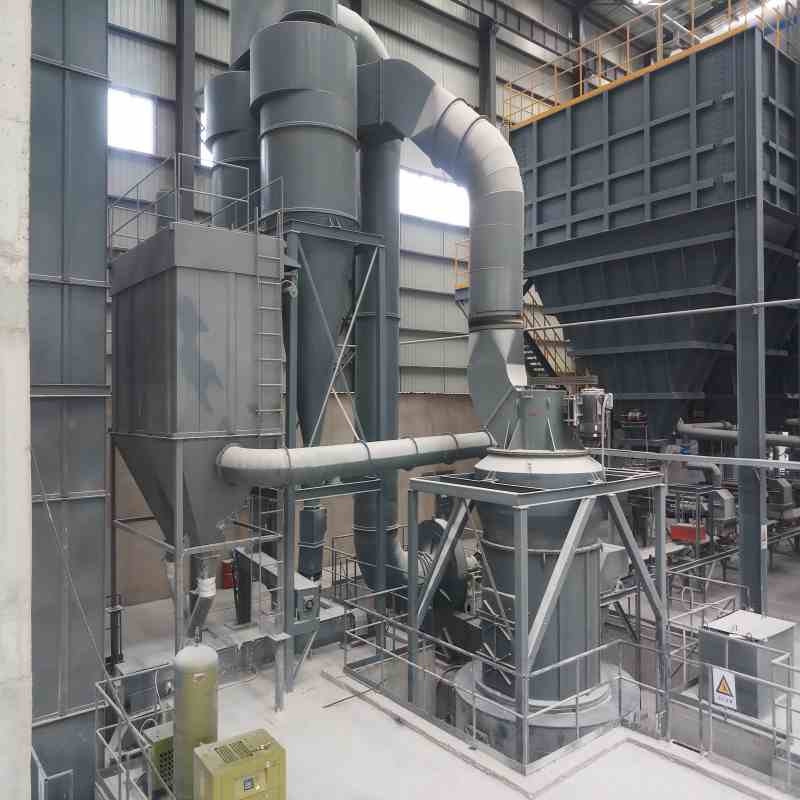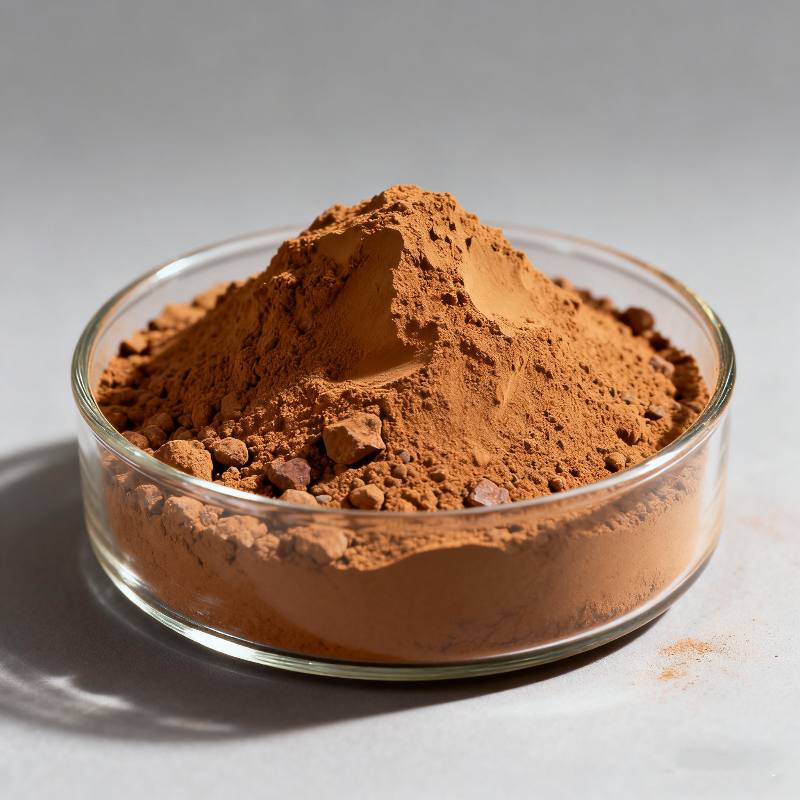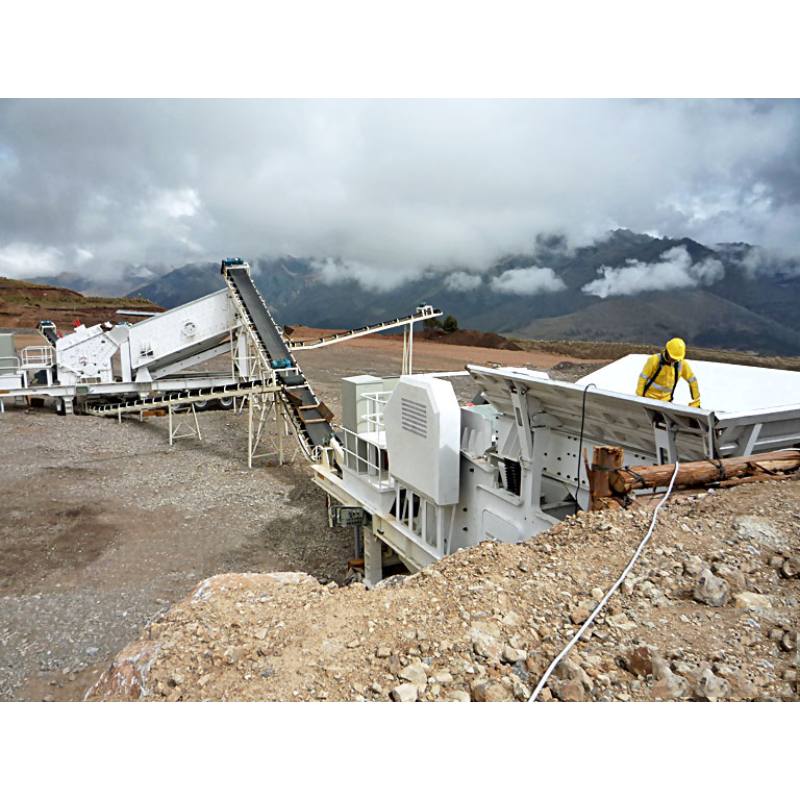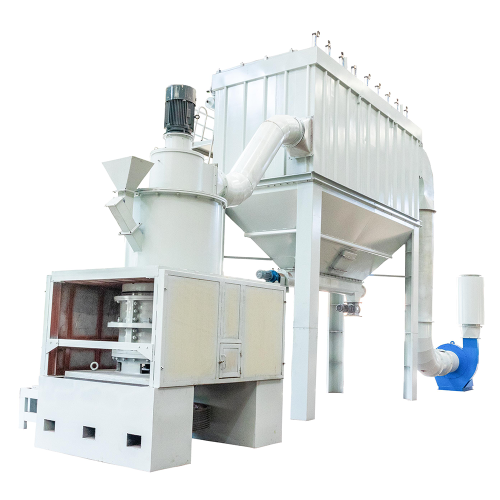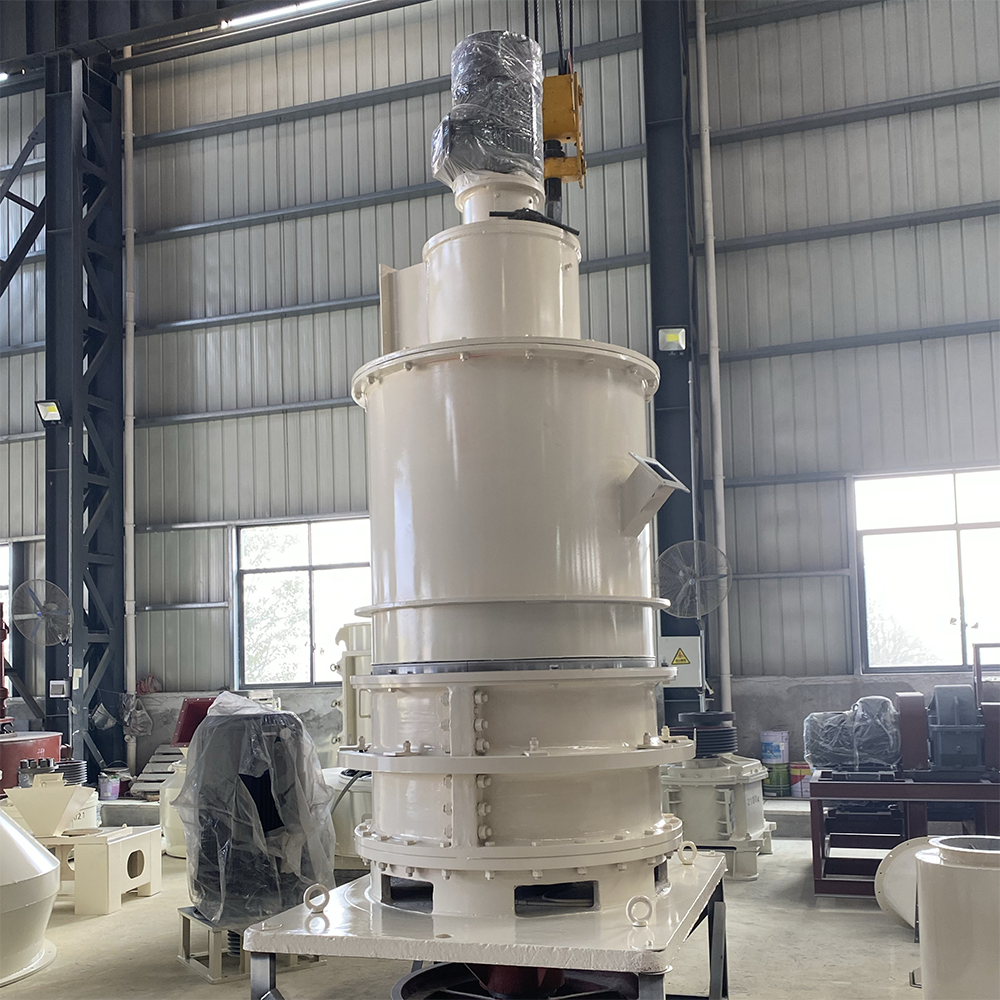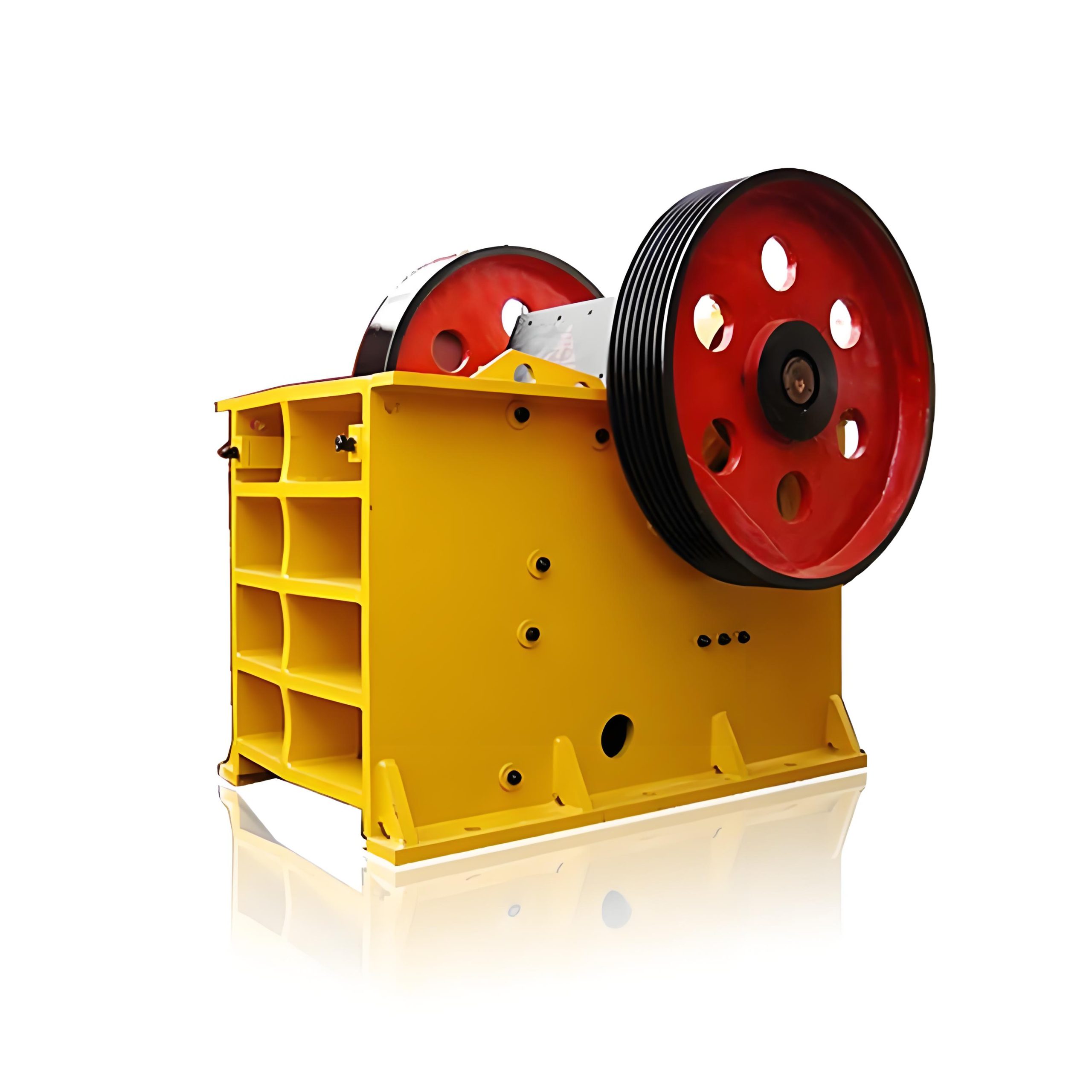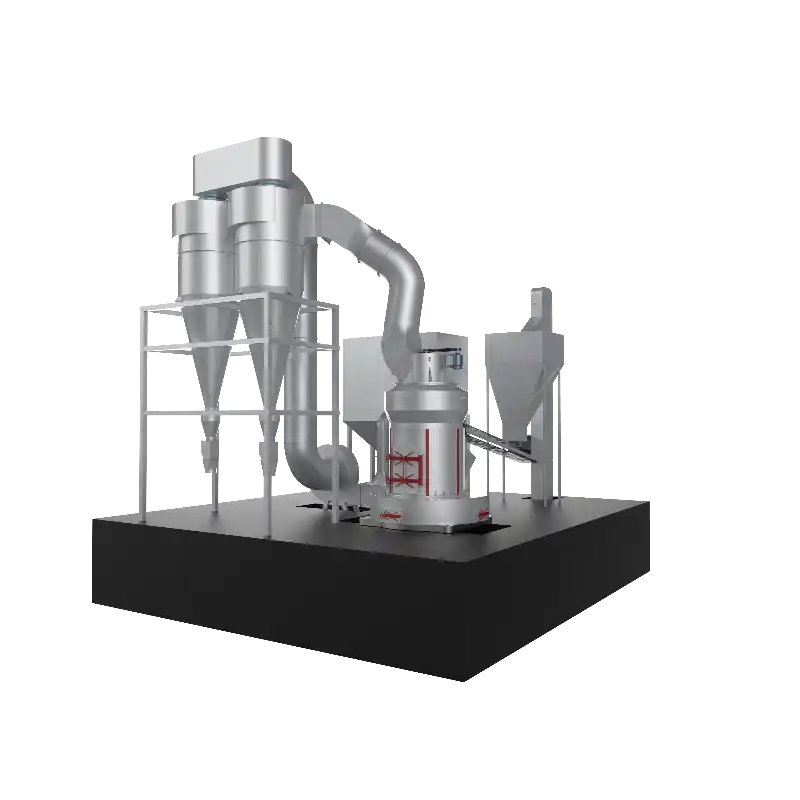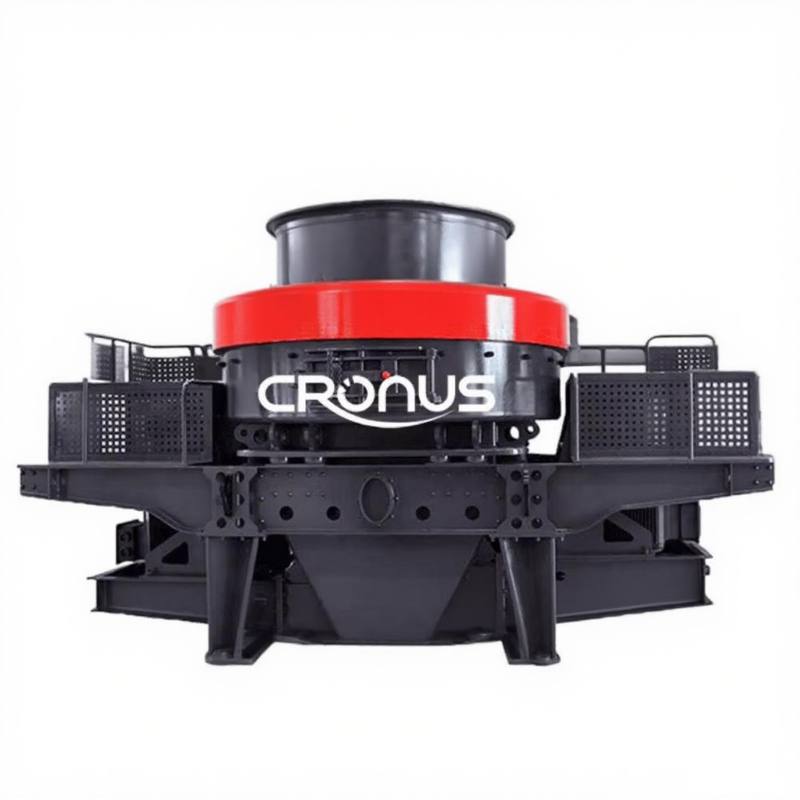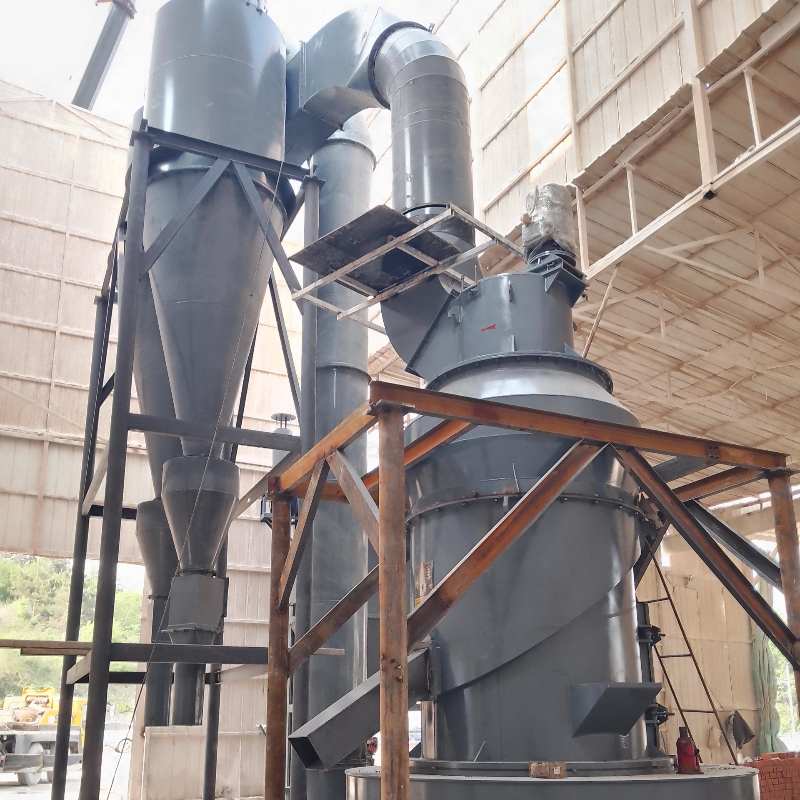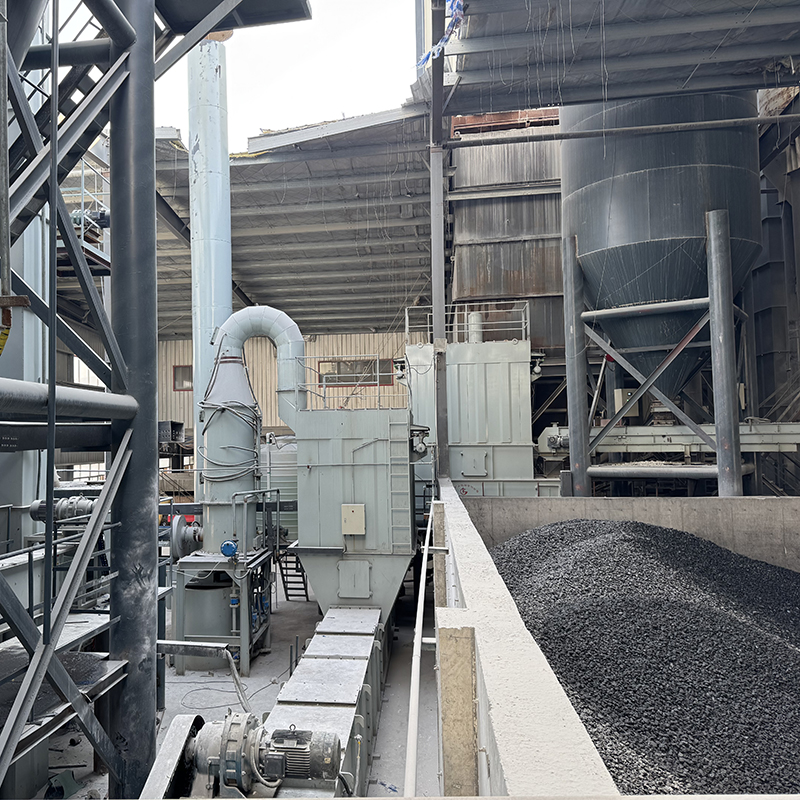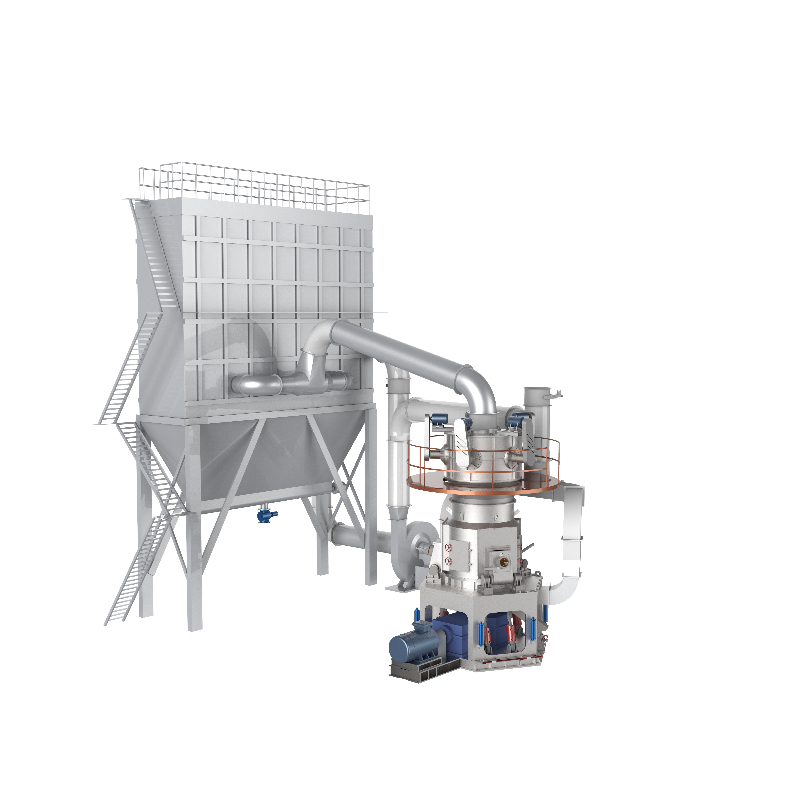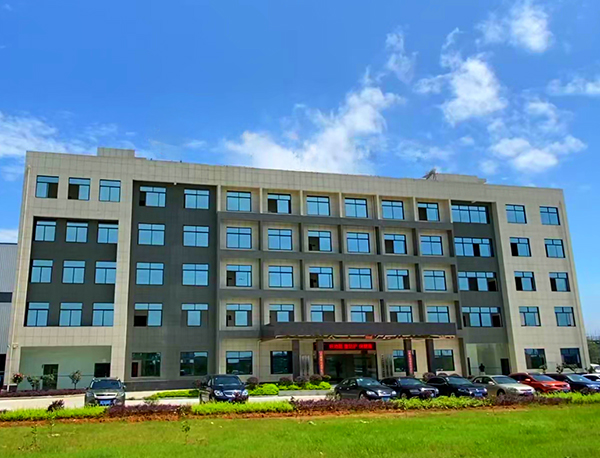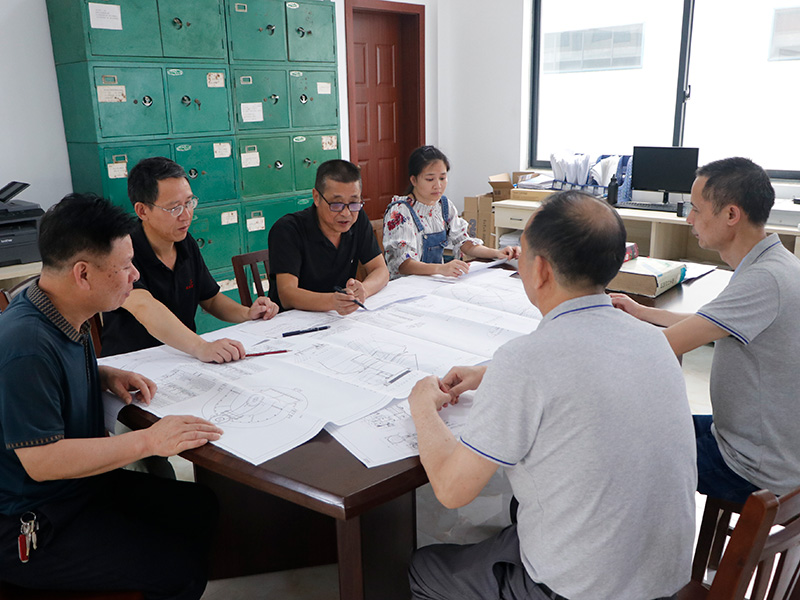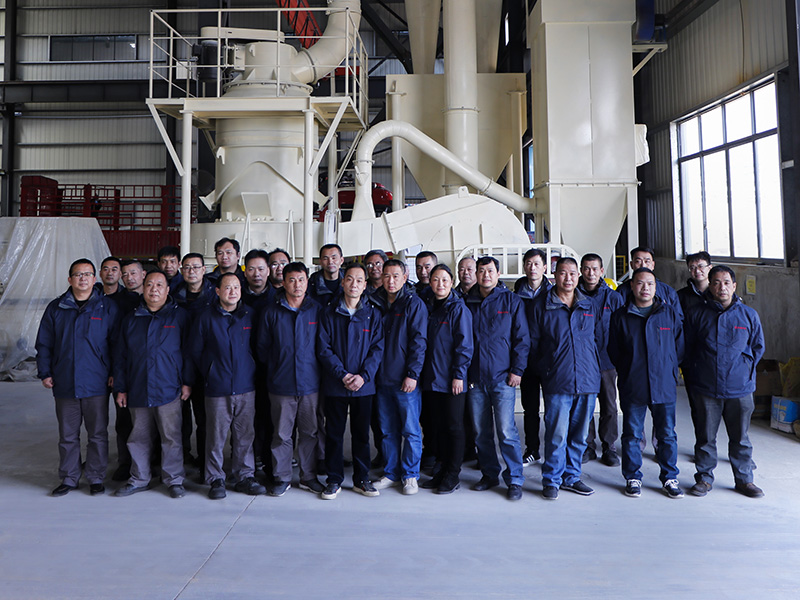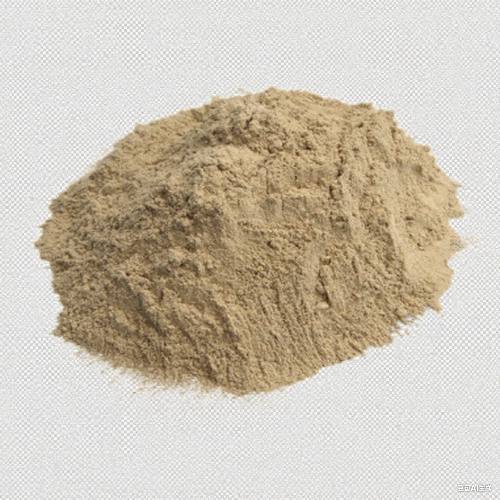
Clay is a ceramic raw material with a complex mineral composition, primarily a silty-sandy clay composed of hydromica, kaolinite, montmorillonite, quartz, and feldspar. Its chemical composition is similar to that of ordinary clay. Compared with kaolin and bentonite, it has a lower Al₂O₃ content and higher SiO₂ and Fe₂O₃ contents. It is often light gray, yellow, or purple in color. Its water absorption, adsorption, and plasticity after adding water are moderate, and its drying and sintering properties are good, making it suitable for pottery manufacturing. Clay is the primary raw material for ceramic production and is traditionally classified into three categories based on its properties, performance, and color: first clay, white clay, and tender clay. Purple clay is often found within first clay deposits, hence the name "rock within rock" or "clay within clay."
Certain regions have historically focused on pottery production, driven by their resource availability. Chemical analyses of multiple clay samples reveal that, with the exception of a few white clays with relatively low iron contents of around 1-2%, iron content in other clays, such as tender clay, fluctuates between 7-8%, while iron content in armor clay and purple clay ranges from 6-9%, with some layers even reaching as high as 11-12%. This means that products fired from local raw materials are inevitably colored pottery or stoneware, rather than pure white porcelain. However, colored pottery also possesses a unique charm. Since ancient times, local people have utilized local materials, employing sophisticated craftsmanship and ingenious modeling techniques to produce a vast array of both coarse and fine pottery for daily use, as well as renowned handicrafts. For example, terracotta pottery from ancient Greece and Mayan pottery from Mexico exemplify the principle of tailoring the material to the specific needs of the object. Local materials contribute to lower costs, while sophisticated craftsmanship equates to higher value. This is a successful example of adapting to local conditions and fully utilizing resources to develop local industries.
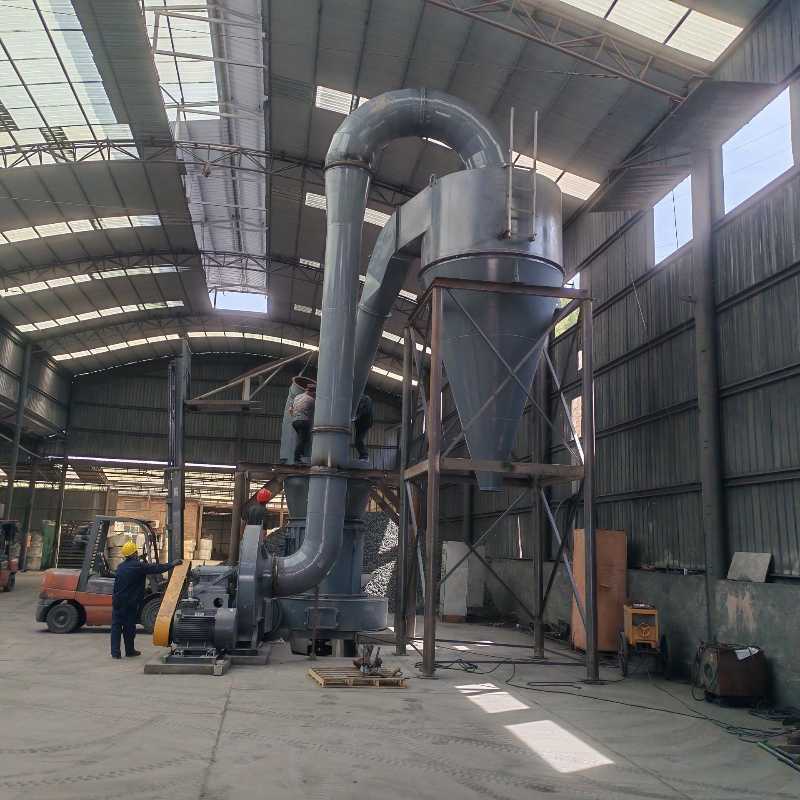
When large quantities of waste ceramics need to be processed and reused, crushers and Raymond mills are often considered. First, large pieces of material are crushed into small particles using a crusher. Then, a Raymond mill grinds the material to a fine powder of 100-300 mesh before reuse. When using a Raymond mill to grind ceramic powder, once the fineness is determined, the mill can be fed and pulverized once, allowing for continuous feeding and discharging, making operation simple and convenient.
When choosing a Raymond mill model, consider the processing output and power. In daily production, auxiliary equipment can be added to suit the terrain and processing characteristics, ensuring stable production line operation.
The Raymond mill's operating principle is as follows: the grinding rollers squeeze the material under the centrifugal force of the grinding ring. The resulting fine material is separated by a fan and analyzer. The finest material enters a finished product collector, while substandard material returns to the main mill for further grinding.
The entire system is well sealed, leak-free, reliable, energy-efficient, and environmentally friendly. Compared to large grinding mills, Raymond mills require less floor space and investment, making them suitable for companies engaged in material grinding operations.


